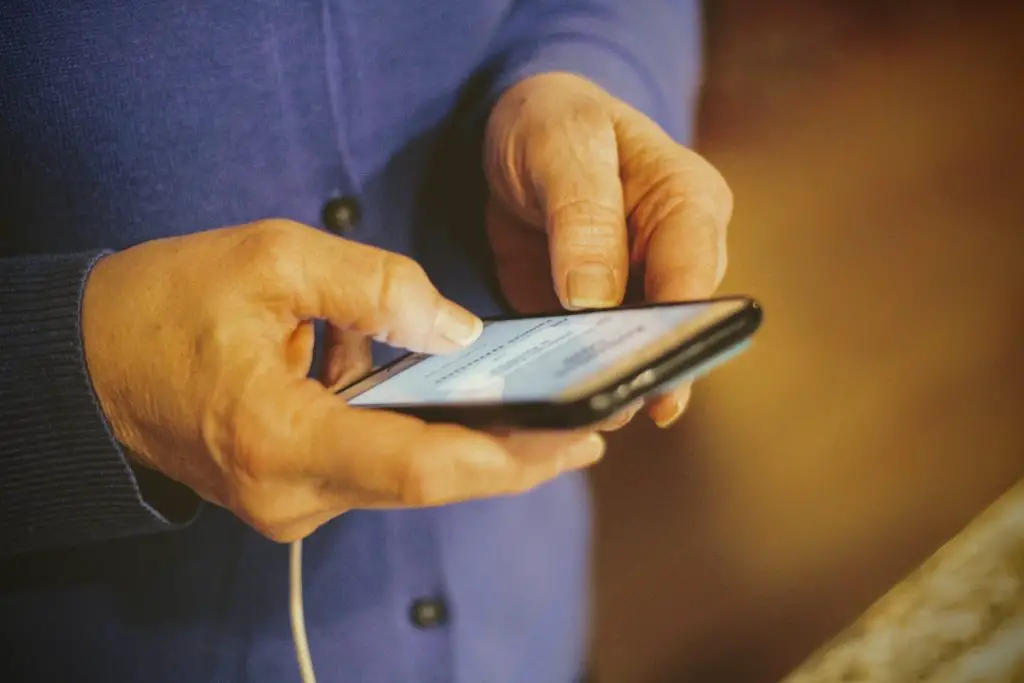This post may contain affiliate links which means I may receive a commission. Learn more on my Privacy Policy page.
Technology For Aging Adults
Assistive technology can significantly enhance a senior’s quality of life. Some devices monitor health, provide independence and safety measures while others promote socialization and communication between elderly individuals.
Seniors may find the learning curve for touch screens and complex passwords difficult, however some CCRCs offer communal devices or refurbished models which they can use free of charge.
How to Set Up and Troubleshoot High-Tech Gadgets for Older Adults Who May Live Far Away
Technology that assists seniors to remain comfortable, safe and independent works best when it’s easy to use; unfortunately, Modern Gadgets often need ongoing “tech support.”
Smart plugs enable remote control of electronics like lamps or space heaters, while safety cutting boards lower the risk of kitchen accidents by offering rubber surfaces and rounded guides designed to help seniors safely grip knives.
Many gadgets need to be connected and set up on Smartphones, tablets or computers, which may prove challenging for seniors who may lack much experience using computers or smartphones. Therefore, it is vital that seniors receive instruction on how to connect to Wi-Fi networks and log into apps on their devices.
Become a Papa Pal and help older adults in your community learn technology! It is an enjoyable and flexible way to give back while also increasing income potential.
Smart Speakers
Smart speakers powered by voice assistants (Amazon Alexa, Google Assistant, and Apple Siri) connect directly to the internet and allow users to search for information by speaking aloud. In addition, users can set routines to control other connected devices like thermostats, security cams and lights.
Many seniors already utilize voice assistants on their smartphones to check the weather, make lists, and set reminders – these features could keep seniors connected to technology while reigniting their interest.
An initial pilot study that distributed smart speakers to residents in a retirement community found that participants reported high levels of satisfaction with their use. The research consisted of pretest/post-test assessments, weekly check-in calls, newsletters providing tips for making the most out of smart speakers, as well as providing weekly update calls with tips on how best to utilize these new technologies. More research must be conducted into how low SEP older adults adapt these technologies; future studies should provide upfront training on query formation as well as exploring how these devices may be utilized to promote health/well-being within low SEP communities.
Tablets
Tablets provide seniors with an ideal way to connect with family and friends, play games, read books, watch shows, and much more. Many older adults are adept at handling technology themselves and can operate a tablet independently.
Choose a tablet with an uncluttered, bright display – especially important for older adults who may experience vision impairment. Also select one with flexible font size options and adjustable sound controls; these features may prove especially helpful in meeting hearing-aid users’ needs.
Look for a tablet with either Wi-Fi or cellular connectivity that fits their needs and budget, such as the GrandPad which features easy navigation right out of the box and helps seniors remain safe online by restricting interactions outside trusted contacts and websites, offering 24/7 customer support lines to connect them to live representatives for assistance if they ever experience difficulty using it.
Smartphones
Smartphones allow seniors to video chat with family, download apps and access the Internet. Many apps provide useful reminders for taking medications, adhering to diet or exercise routines etc.
As with any senior, it is important to discuss which features they would prefer in their phone. Some older adults may prefer larger screens for texting and reading purposes, or an extended battery life for use during active days.
If your loved one needs a smartphone with modern specifications, the Lively Smart model provides low monthly no-contract plans and US-based tech support. It features a large and clear 6.2-inch touchscreen display, GPS location services, hearing aid compatibility, simple menus and speakerphone with Urgent Response button service – plus fingerprint or code access security and emergency mode that stores important personal and medical details to assist Good Samaritans or 911 responders should an emergency arise.




